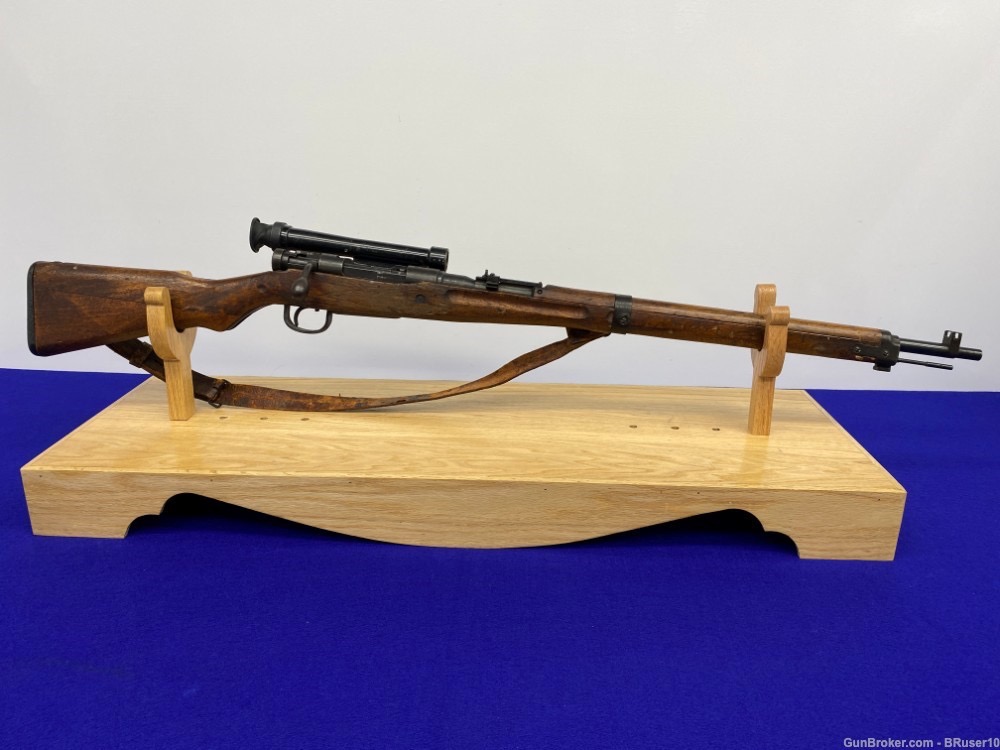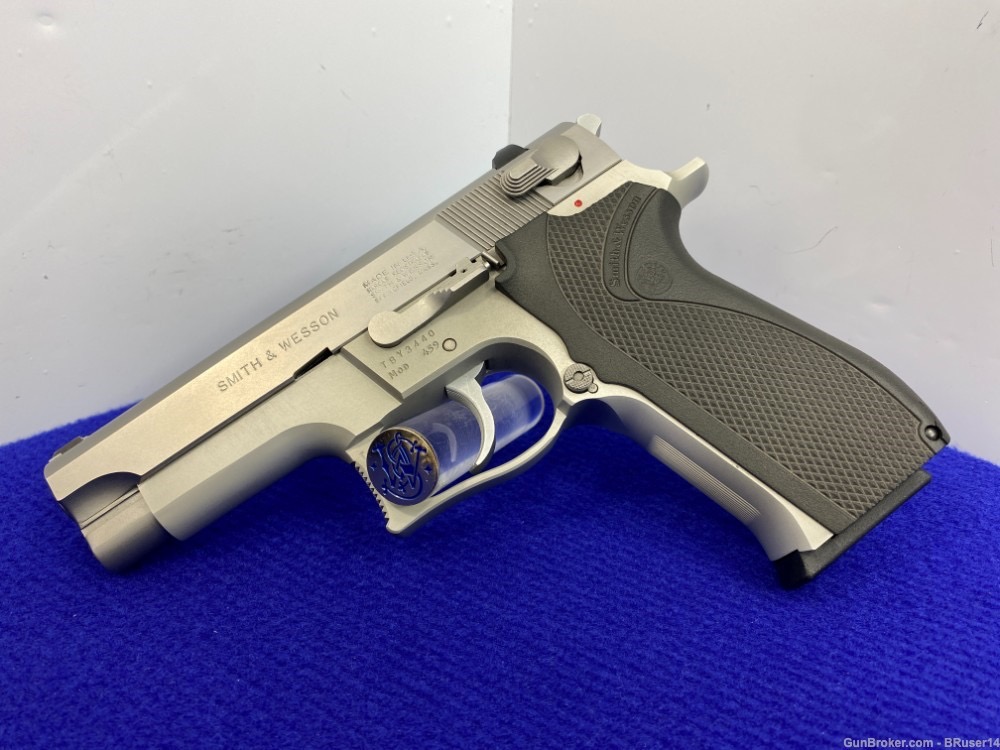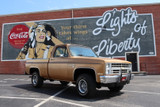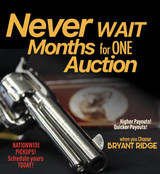Sunday Showcase Recap
Recap on The 8/18 Sunday Showcase


The Type 99 rifle or Type 99 short rifle was a bolt-action rifle of the Arisaka design used by the Imperial Japanese Army during World War II. During the Second Sino-Japanese War in the 1930s, the Japanese soon found that the 7.7mm cartridge being fired by their Type 92 heavy machine gun in China was superior to the 6.5×50mm cartridge of the Type 38 rifle. This necessitated the development of a new weapon to replace the outclassed Type 38 and finally standardize on a single rifle cartridge. The Imperial Japanese Army (IJA) developed the Type 99 based on the Type 38 rifle but with a caliber of 7.7mm. The Type 99 was produced at nine different arsenals. Seven arsenals were located in Japan, with the other two located at Mukden in Manchukuo and Jinsen in Korea. The Type 99 was produced in four versions: the regular issue Type 99 short rifle, the Type 99 long rifle (a limited production variant), the take-down Type 2 paratroop rifle, and the Type 99 sniper rifle.


The Smith & Wesson 4590 Transitional Model emerged as an intriguing development in the evolution of Smith & Wesson's semi-automatic pistols. This model bridges the second and third generations of the company's popular 9mm handguns. The transition from the second generation, typified by models like the 459, to the third generation, which included models like the 5906, brought several design enhancements and functional improvements. One of the key reasons for the development of the 4590 Transitional Model was the feedback from law enforcement and civilian users who wanted more reliable and user-friendly handguns. The third-generation updates addressed issues such as better grip ergonomics, improved sights, and enhanced safety features. By creating a transitional model, Smith & Wesson was able to test and refine these new features before fully committing to the third-generation lineup. This approach allowed the company to ensure that the final third-generation pistols would meet the high standards of performance and reliability expected by their customers. The 4590 Transitional Model thus serves as a testament to Smith & Wesson's commitment to continuous improvement and innovation in their firearm designs.


The Kimber Eclipse Pro II is a standout in the Eclipse series, combining striking aesthetics with exceptional functionality. Featuring a sleek, brush-polished finish on a stainless steel slide and frame, this pistol is accentuated with small black parts for a sophisticated look. It is chambered in .45 ACP, known for its reliable stopping power and precision. The Eclipse Pro II is renowned for its performance, equipped with a match-grade barrel and a finely tuned trigger that delivers unparalleled accuracy. Its unique 4-inch barrel is paired with Meprolight tritium 3-dot night sights, allowing for precise adjustments to suit various shooting conditions. The slide and magazine releases are checkered for quick, dependable handling, while the polished breech face ensures smooth, reliable feeding. With its blend of elegant design and high-performance features, the Kimber Eclipse Pro II is a premier choice for both enthusiasts and serious shooters seeking a blend of style and substance.


The Browning Hi-Power is a 9mm semi-automatic handgun made by FN Herstal based on John Browning's designs. It's used by several armies worldwide. Initially, the "High Power" pistol was designed by John M. Browning in 1925 and was patented in the USA in 1927, soon after the death of Browning. The design was acquired by Belgian state-owned company FN Herstal and improved by FN designer Dieudonne Saive. The resulting pistol was shelved until 1935, when the Belgian army was ready to adopt a new sidearm. The HP was offered for trials and won, and was adopted as a Model 1935 pistol. Soon after that, it was also adopted by Belgian police and by many foreign countries, including the British Commonwealth (UK, Canada, Australia, etc.). The High Power is the only sidearm that served both sides in WWII - Germany used many HPs manufactured in occupied Belgium, while the Allies used HPs manufactured mostly in Canada by the company Inglis.
Recent Posts
-
Museum-grade 1985 Chevrolet K10 4x4 SWB Outdoorsman
Hey, Squarebody Fans! Prepare for a jaw-dropping throwback at the Winchester Collectors Arms Show …Sep 4th 2025 -
Why You Should Consign Your Firearms with Bryant Ridge Co.
Why You Should Consign Your Firearms with Bryant Ridge Co.The Smart Choice for Your Guns! If you’r …Sep 4th 2025 -
Bryant Ridge's Featured Firearm of the Week: The King Ranch Cowboy's Dream!
Bryant Ridge's Featured Firearm of the Week: The King Ranch Cowboy's Dream! Get ready for a t …Sep 4th 2025



